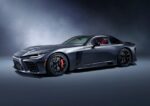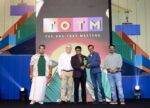Hybrid cars are gaining popularity at an increasing rate. Despite this, not everyone knows the background of these types of vehicles. Let’s delve into what defines a hybrid car, when the first hybrid car was introduced, and the history of its development.
>> Unveiling the history of hybrid cars (1)
The period of hybrid car disappearance
1975 saw TS. Victor Wouk emerge as a pioneer in the field of electric hybrid cars. During that year, he and his colleagues constructed a parallel hybrid version of the Buick Skylark. They utilized the Mazda rotary engine in combination with a traditional transmission. Additionally, they incorporated a separate 15 hp DC electric motor positioned in front of the transmission. To provide energy backup, eight 12V batteries were utilized. The car had a maximum speed of 80 mph (129 km/h) and could accelerate from 0 to 100 km/h in 16 seconds.
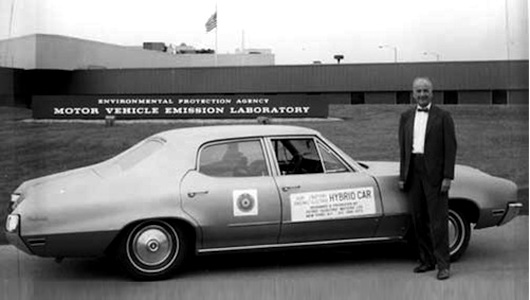
The concept of hybrid cars received renewed attention in 1976 through the work of Dr. Ernest H. Wakefield, while he was employed at Linear Alpha Inc. Wakefield’s work involved a small engine – an AC generator with a rated output of 3 kW – to charge the car’s batteries. However, these experiments ceased abruptly due to technical difficulties. Further research was conducted in the 1970s and early 1980s, based on designs by Venlovelly and Priestly from 1899, in order to enhance the range of hybrid cars. Nevertheless, these studies remained confined within a laboratory setting and never made it to the mainstream market. Electric Auto built hybrid car models in 1982, while Briggs & Stratton followed suit in 1980; both companies adopted a parallel layout.
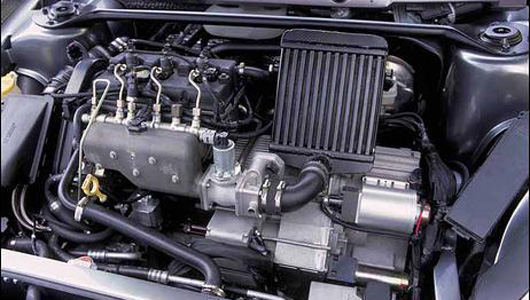
Despite experiencing two oil crises in 1973 and 1977 and growing concern for environmental issues, hybrid cars failed to enter the commercial market. Researchers were more inclined towards electric cars, resulting in the development of numerous electric car models throughout the 1980s. Hybrid cars appeared less attractive during this period, mainly due to limited advancements in power electronics, contemporary electric motors, and battery technology. The 1980s witnessed significant improvements in the size of internal combustion engines, the introduction of catalytic converter technology, and fuel injection technology.
Revival and popularity
The concept of hybrid cars truly piqued interest during the 1990s when it became apparent that electric cars would not align with energy-saving goals. Ford Motor Company initiated the “Ford Hybrid Challenge” program, targeting the involvement of universities in the development of hybrid car prototypes for mass production.
Car manufacturers worldwide produced numerous hybrid engine models that delivered exceptional fuel efficiency when compared to their earlier internal combustion engine counterparts. In the United States, Dodge created the Intrepid ESX 1, 2, and 3 models. ESX1 was a series hybrid car, powered by a small 3-cylinder turbocharged diesel engine and a battery pack, featuring two 100-horsepower electric motors mounted on the rear wheels.
Dodge built the Intrepid ESX 1 model
The U.S. government established the Partnership for a New Generation of Vehicles (PNGV), setting the goal for midsize sedans to achieve 80 mpg. Ford Prodigy and GM Precept were the end results of this initiative, both encompassing series hybrid cars equipped with small-sized turbocharged diesel engines, dry clutches, and conventional transmissions. Although both designs met the specified targets, they remained confined to the prototype stage.
European efforts were manifested through the French Renault Next, a small-sized series hybrid car incorporating a 750 cc forced-induction internal combustion engine and two electric motors. It achieved a maximum speed of 29.4 km/l (70 mpg) and offered acceleration characteristics equivalent to traditional cars. Volkswagen also introduced the Chico model, primarily an electric car equipped with a nickel-metal hydride battery pack and a three-phase induction motor. A small two-cylinder gasoline engine was employed to recharge the batteries and provide additional power at higher speeds.
The most significant contribution to the development and commercialization of hybrid cars came from Japanese manufacturers. Toyota introduced the Prius sedan in Japan in 1997, while Honda introduced the Civic and Civic Hybrid. These vehicles have since become ubiquitous worldwide, renowned for their excellent fuel efficiency features. Toyota Prius and Honda car models hold historical significance as the pioneering hybrid cars to have successfully entered the global automobile market, addressing fuel consumption concerns.
Thao Anh (TTTD)

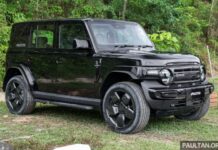
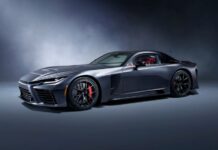
























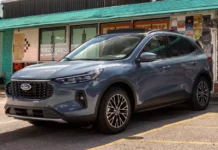
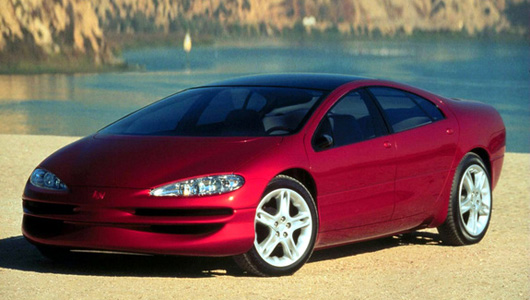
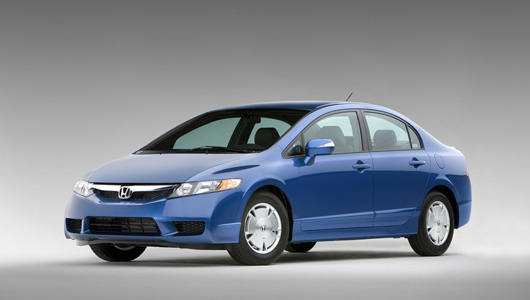
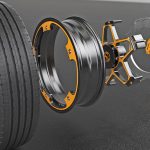
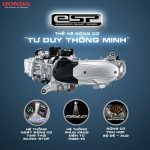
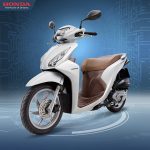
![[CAR REVIEW] Rolls-Royce Spectre: A Symphony of Luxury](https://vnauto.net/wp-content/uploads/2023/10/xehay-rrspectre-30082023-1-150x150.jpg)
![[USER REVIEW] Honda Civic RS: Stylish, Premium, and Alluring](https://vnauto.net/wp-content/uploads/2023/10/xehay-hondacivicrs-08042023-2-150x150.jpg)

